Not only is Prague one of the best places to visit in the Czech Republic, but many consider it the prettiest city in Europe. However, Prague’s whimsical spires and grandiose squares are only the beginning of the Czechia travel experience.
Beyond the capital, this landlocked country in Central Europe stuns with its medieval architecture, forested mountains, Renaissance castles, vineyards, and rural spa towns.
Among the best places to visit in the Czech Republic, there are 17 UNESCO World Heritage Sites scattered throughout the country and unique architectural installations, such as water fortresses and bone chapels, to discover.
Jump to a section of this article
A Brief History of The Czech Republic
The best places to visit in the Czech Republic honor the country’s storied past while connecting you with the nation’s contemporary culture. Czechia has a fascinating past to unravel, spanning Celtic tribes, Bohemian dynasties, and Habsburg rule.
Historically known as Bohemia, the western part of the country was united with the region of Moravia and the area now known as Slovakia to form the nation of Czechoslovakia in the aftermath of the First World War.
The boundaries were divided once more in 1993 when Czechoslovakia separated peacefully into the independent republics of Czechia and Slovakia under the Velvet Revolution.
Although never conquered by the Romans, trade and other interactions occurred in the southern regions of what is now called the Czech Republic. A similar scenario occurred during the Soviet Union when the region was declared a satellite state but was not a member of the USSR.
Sharing borders with Germany, Poland, Austria, and Slovakia means that Czechia has been shaped by other external influences throughout ancient and modern history.
Why Visit The Czech Republic
The largely unsung towns and cities of modern-day Czechia are a treat for anyone curious about history, architecture, cuisine, and the arts. Elsewhere, the country stuns hikers and wine aficionados with its karst landscapes and vineyards.
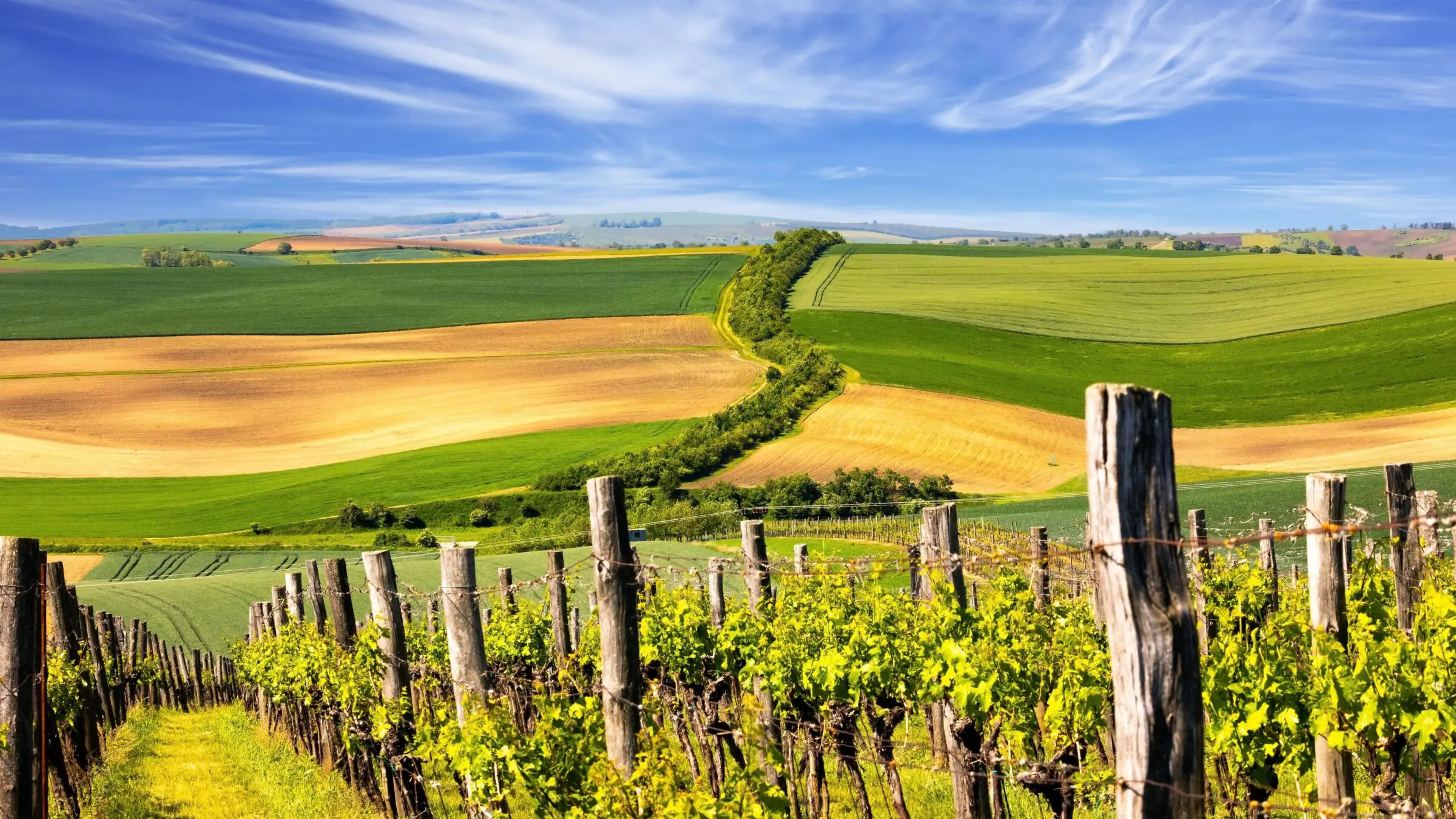
13 Best Places To Visit in The Czech Republic
Czechia has plenty of attractions to warrant a dedicated itinerary. However, the country may also be visited as part of a wider exploration that includes its Central European neighbors.
1. Prague (Praha)
Known as the City of a Hundred Spires, Prague is one of the most beguiling capitals in Europe. The origins of this city straddling both banks of the Vltava River trace back to the 9th century.
Back then, Prince Borivoj of the Premyslid dynasty founded Prague Castle, the world’s largest castle complex, and set the wheels in motion for the founding of four separate cities.
King Wenceslas I of Bohemia was responsible for the construction of the Stare Mesto (Old Town), most of which was built between 1230 and 1253. His successor, King Ottokar II, went on to establish Mala Strana (Lesser Town) as a settlement for the German population.
The Holy Roman Emperor Charles IV is credited with the foundation of Nove Mesto (New Town), the iconic Charles Bridge, and numerous churches. During the 14th century, the castle and its vicinity formed Hradcany (Castle District).
This quartet was united in 1784 under the Habsburg monarchy and flourished during the Industrial Revolution. Unified Prague remained the nation’s capital when Czechoslovakia was divided into the Czech Republic and Slovakia.
This fascinating backstory and a medley of architecture spanning Romanesque, Gothic, Baroque, Renaissance, and Art Nouveau make Prague a desirable destination for historians.
The historic center of Prague is a designated UNESCO World Heritage Site thanks to its continuous urban growth from the Middle Ages to the present day.
Prague’s old-world charm is matched by a vibrant culinary and artistic scene and an energetic nightlife. It’s one of the best places to visit in the Czech Republic for a mixture of everything.
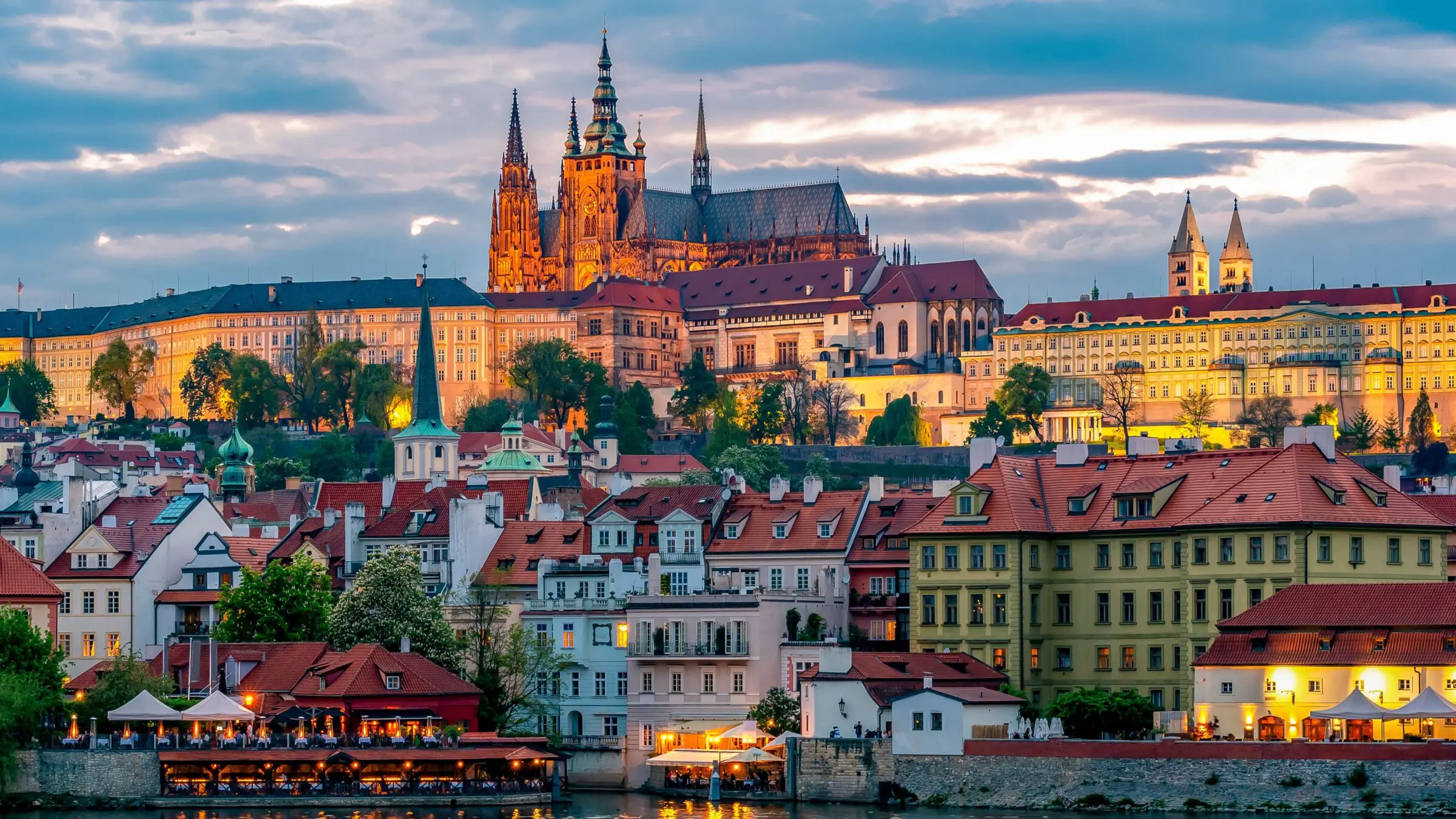
Best Things To Do in Prague
- Explore the Prague Castle (Prazsky Hrad) compound, including the Old Royal Palace, Golden Lane, Daliborka Tower, Saint Vitus Cathedral, and Saint George’s Basilica.
- Witness the Prague Astronomical Clock of the Old Town Hall chime on the hour.
- Stroll across the famous Charles Bridge at sunset (or sunrise for a quieter experience).
- Take a walking tour of the Jewish Quarter and its synagogues.
- Relish Czech beers at a traditional beer hall or beer garden. For something more unusual, visit a beer spa.
- Attend a classical concert or ballet show in a Baroque concert hall, such as the State Opera House or the Rudolfinum.
- Drink up panoramic city views on a leisurely walk through Letna Park or the Petrin Gardens.
- Browse quirky shops and cafés in Mala Strana (Lesser Town).
- Discover modern art at the DOX Center or Kampa Museum and pore over Art Nouveau at the Mucha Museum.
- Take a scenic cruise on the Vltava River.

2. Český Krumlov
Standing 100 miles south of Prague in South Bohemia, Cesky Krumlov (pronounced ches-kee kroom-lohv) is a fairy-tale town with winding cobblestone streets dominated by a medieval castle. Although a small village, Cesky Krumlov is teh seond most visited destination in the country.
As with the Czech capital, Cesky Krumlov is bisected by the Vltava River, which was advantageous at the time when trading routes were being established. This particularly curvy stretch adds yet more beauty to the settlement.
Founded by the noble Vitkovci clan in the 13th century, the beautiful town evolved into a powerful seat under the Rosenberg dynasty before passing to the Eggenberg and Schwarzenberg families.
Much like Prague, Cesky Krumlov stuns with its harmonious blend of Gothic, Renaissance, and Baroque architecture, which suffered minimal damage during the wars. This contributed to Cesky Krumlov’s inscription on the UNESCO World Heritage List.
Cesky Krumlov Castle, the second-largest in the Czech Republic, draws travelers down to this southern metropolis. Beyond the castle, the historical center is divided into the Latran district on the left bank of the river and the Inner Town on the peninsula.
Only two and a half hours by bus, Cesky Krumlov is a popular day trip from Prague. Bursting at the seams with culture, including music festivals and open-air theater in summer, it’s worth spending at least one night in the town, though as ir reveals its true charm once the day trippers depart.
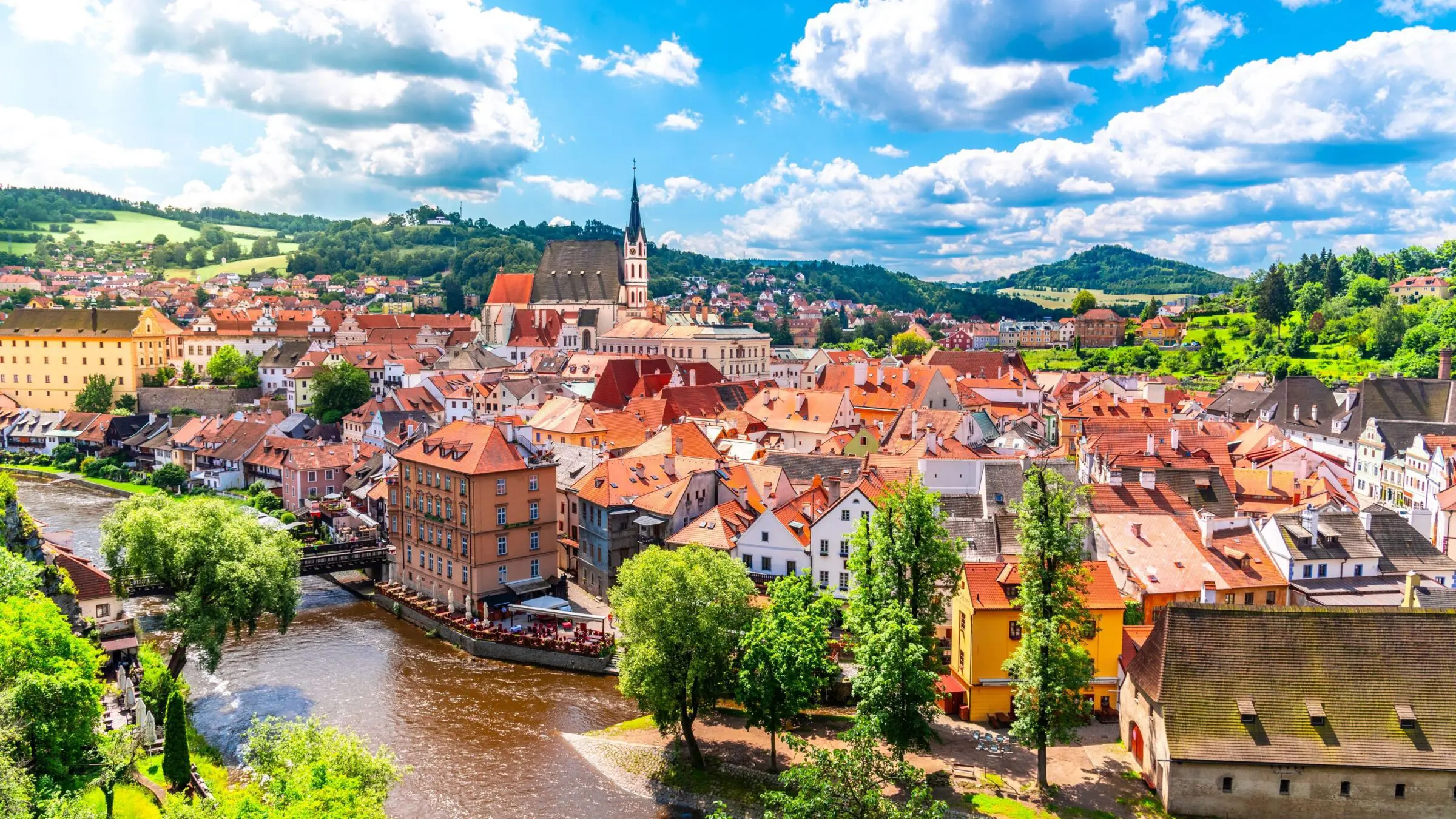
Best Things To Do in Český Krumlov
- Tour Cesky Krumlov Castle and its towers; visit in summer to experience the Revolving Theatre in the gardens.
- Explore the historic wonders of Latran and the Inner Town on foot.
- Stroll across the arched Cloak Bridge for panoramic views of the river and city.
- Dig into local history at the Regional Museum and be amazed at the puppets on display at the Marionette Museum.
- Go rafting on the Vltava River.
- Admire the Gothic Saint Vitus Church.
- Tour the historic Cesky Krumlov Brewery, which follows the same brewing principles used in the 13th century.
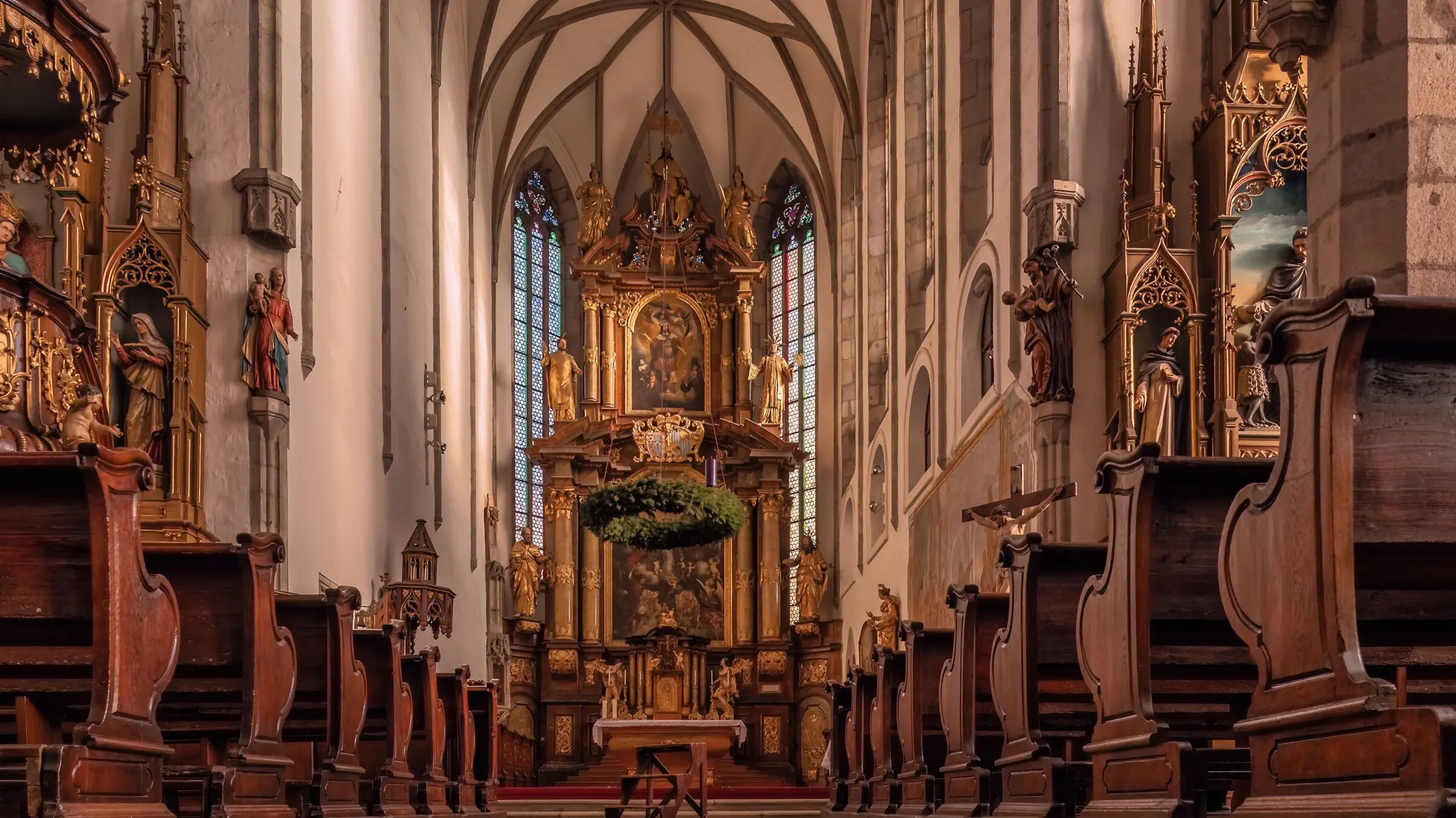
3. Karlovy Vary (Carlsbad)
Also known as Carlsbad, Karlovy Vary is a gorgeous Czech spa town in its namesake region in western Bohemia. The Holy Roman Emperor Charles IV stumbled upon these natural hot springs in the 14th century while hunting and established a center for wellness and healing.
It gradually evolved into a retreat for European nobility and artists, reaching its golden age by the 18th century.
Lavish bathhouses with colonnades and Art Nouveau facades attracted such guests as Beethoven, Mozart, Goethe, and Tsar Peter the Great.
In fact, the spa heritage of Karlovy Vary is one component of the Great Spa Towns of Europe’s UNESCO World Heritage Site. It continues to attract a mix of wellness seekers and those curious about the architecture and history of the local area.
Karlovy Vary is also famous for its production of a herbal liqueur called Becherovka. The recipe, a closely guarded secret, is said to contain around 20 herbs and carries tangy notes of ginger. In addition, Karlovy Vary hosts one of Europe’s oldest film festivals.
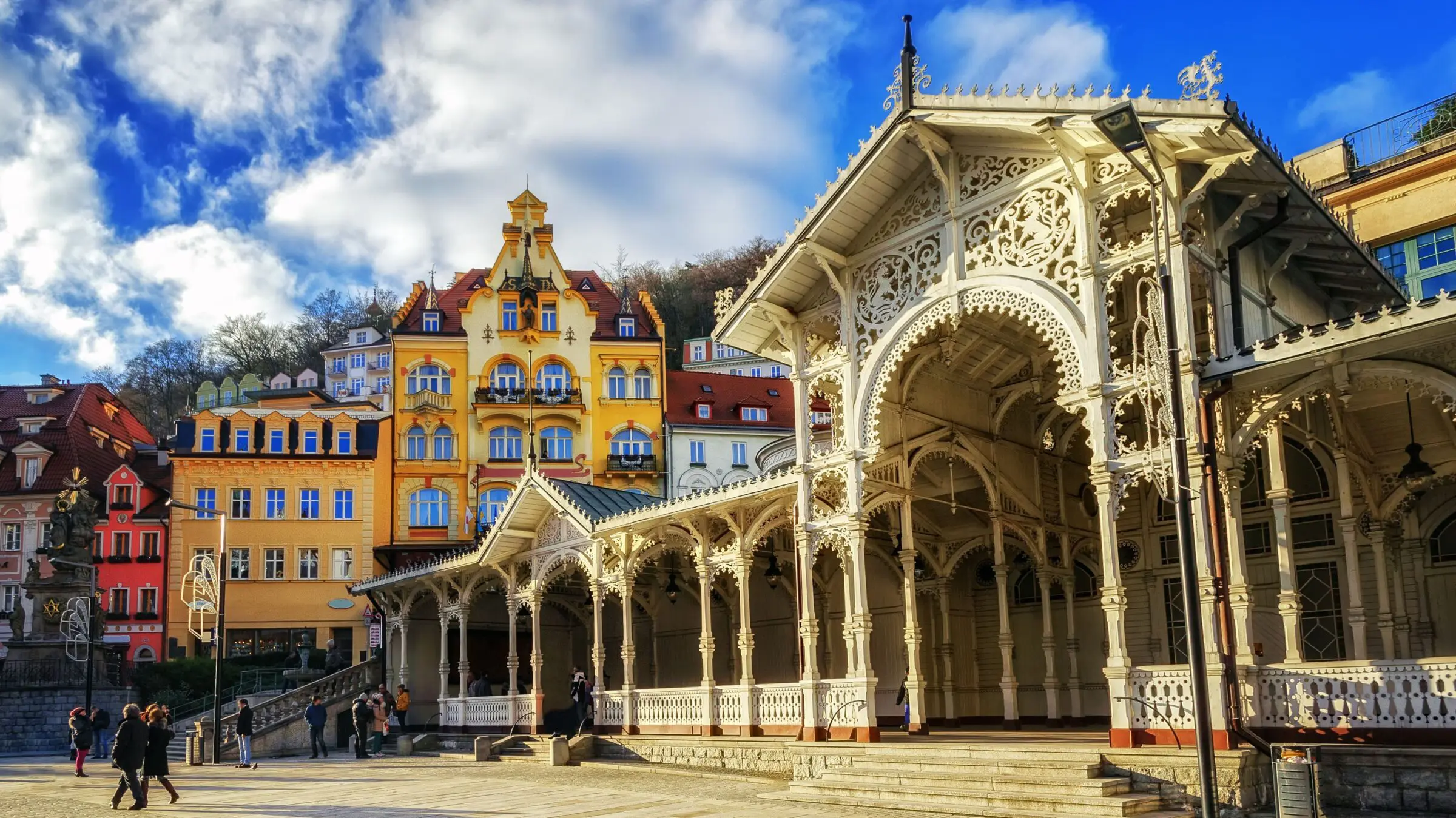
Best Things To Do in Karlovy Vary
- Sip medicinal waters from the mineral springs dotting the town.
- Take a walk through the elegant Mill and Park Colonnades.
- Book a thermal bathing experience at one of the historic spa hotels.
- Learn the history of Becherovka at the Jan Becher Museum.
- Swing by the Art Gallery and the Moser Glass Museum.
- Hike through the forest or ride the funicular up to the Diana Observation Tower.
- Admire the Baroque Church of Saint Mary Magdalene.
- Pick up a packet of locally made spa wafers; these make excellent gifts. Flavors vary, and some contain a splash of Becherovka.
- Experience red carpet glamour at the Karlovy Vary International Film Festival in July.
With so much to do, we recommend staying at least a two nights in Karlovy Vary to allow time to relax and enjoy the surroundings.
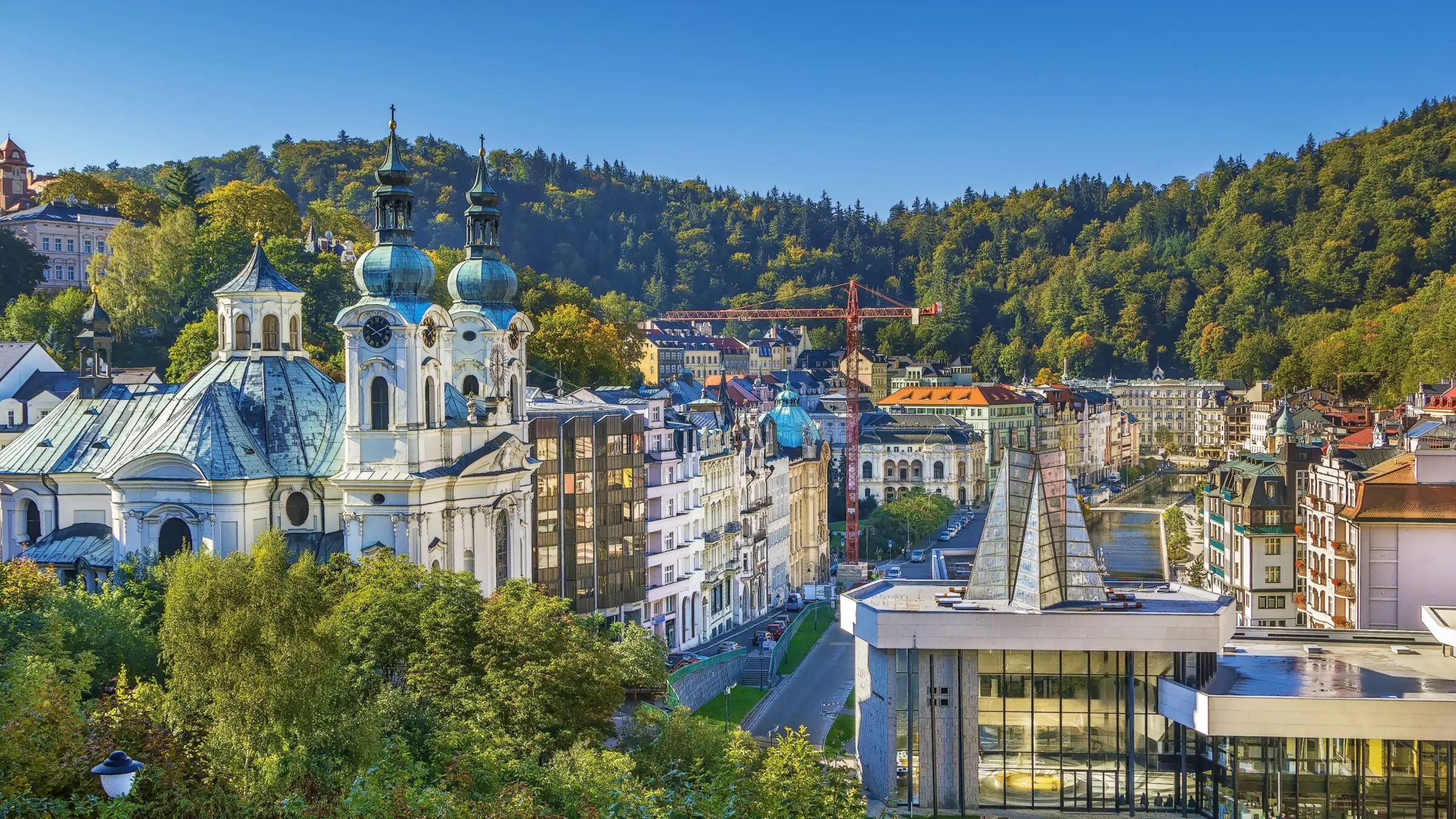
4. Brno
Brno, the capital of the southeastern region of Moravia, is the Czech Republic’s second-largest city. With roots dating back to the 11th century, Brno (pronounced bur-no) played an important role as a trade outpost during the Middle Ages.
It also served as a defense fortification against Ottoman invasions and Swedish forces during the Thirty Years’ War.
The city came into its own during the 19th and early 20th centuries. Embracing the shift in society, Brno excelled as a center of industry and science. In fact, many refer to it as the Czech Manchester.
In addition to Gothic and Baroque structures, Brno is a showcase for modernist and functionalist architecture, with Ludwig Mies van der Rohe’s Villa Tugendhat being the most notable building.
As a university city, Brno carries a youthful energy with a great dining scene and nightlife orbiting around music. In fact, Brno was declared a Creative City of Music by UNESCO. The city upholds a regular series of live music events, concerts, and festivals.
Brno is also an excellent base for exploring Moravia. You’ll find treats such as the wine region close to the border with Austria and the imposing castle at Vranov. The Moravian Karst has a cave system you can explore by an underground river.
Brno is worth a couple of nights on a longer trip, as it’s a little too far to visit on a day trip. It’s also a nice alternative to Vienna on the way between Prague and Budapest if you’ve already toured Austria.
Brno is a fantastic change of pace from the capitals. Travelers are charmed by the laid-back nature and relative lack of tourism compared to the more famous Prague. Indulge in the city’s vibrant nightlife and check out the cafés, restaurants, and bars.
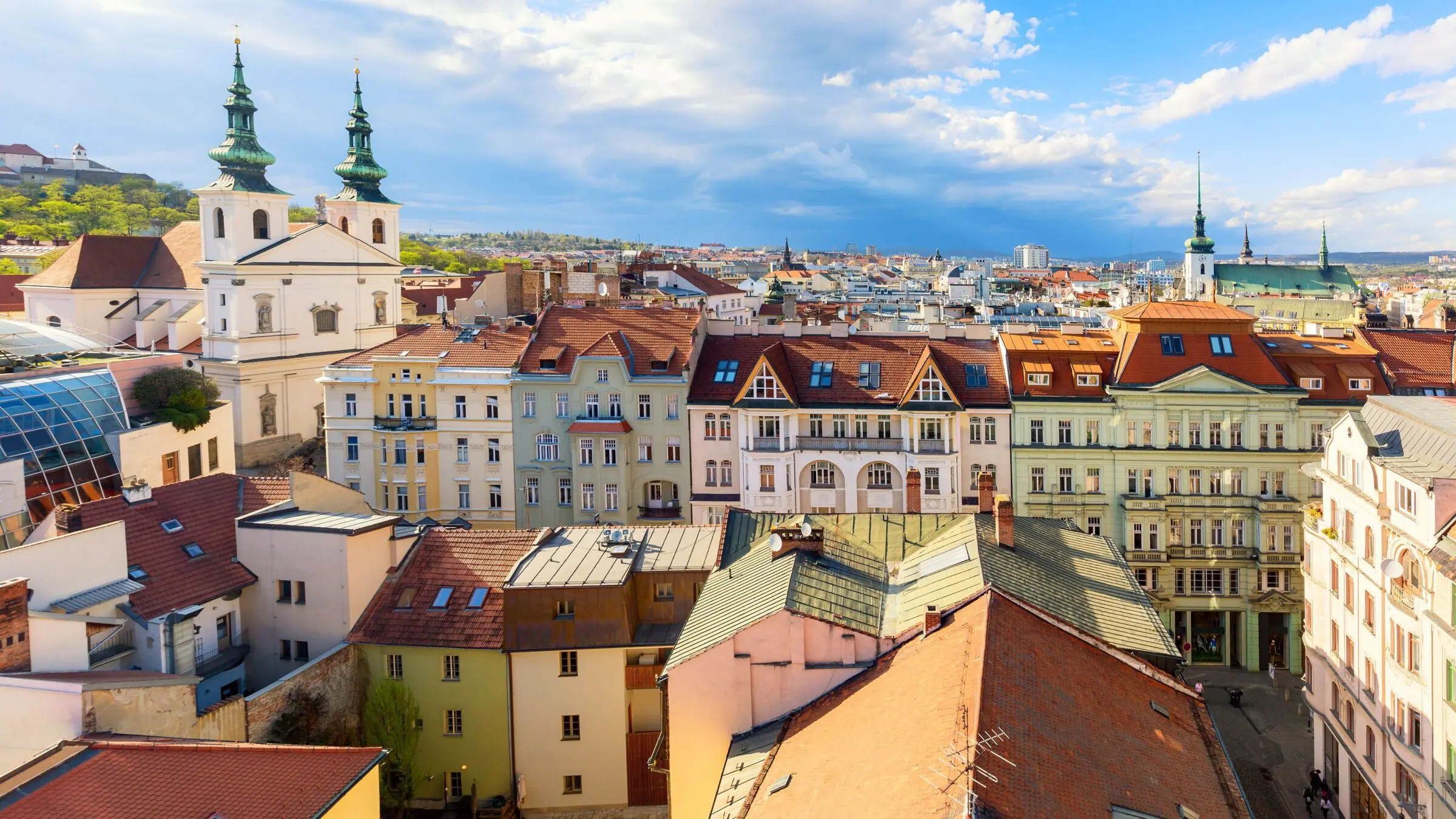
Best Things To Do in Brno
- Explore Spilberk Castle. This former fortress and prison contains a museum, art gallery, and underground tunnels.
- Tour the modernist icon and UNESCO World Heritage Site of Villa Tugendhat.
- Visit the Cathedral of Saint Peter and Paul, a symbol of the city.
- Descend into the Brno Ossuary. The second-largest ossuary in Europe (after the Paris Catacombs) contains the bones of 50,000 people displayed artistically.
- Learn about science at VIDA! Science Center or the Technical Museum.
- Relax in cozy cafés and wine bars in the Old Town, sample Moravian wines and local craft beers.
- Walk past the quirky Astronomical Clock on Freedom Square.
- Catch an opera or concert at the Mahen or Janacek Theatres.
- Take an excursion to the Moravian Karst (Moravsky Kras), which comprises caves bearing Neanderthal carvings and devastatingly scenic gorges.

5. Mikulov
Located in the Breclav District of South Moravia, Mikulov is a picturesque town close to the Austrian border. Famous for its hilltop castle and Holy Hill, Mikulov is also one of the best places to visit in the Czech Republic for wine tourism.
After being founded in the 12th century, the town’s significance grew in the 16th and 17th centuries under the rule of the Dietrichstein family. This noble clan from Austria remodeled the existing castle and transformed Mikulov into a cultural and religious center.
A fire in 1719 led to further modifications, resulting in the Baroque fortification that dominates the skyline and sweeps over the vineyards and surrounding countryside.
Up until the First World War, Mikulov was home to one of the most prominent Jewish communities in Moravia. An impressive quantity of historical sites remain intact, including a cemetery with almost 4,000 burial sites, the only surviving synagogue, and a medieval mikvah.
Mikulov is mostly known for its wine tourism. The lime-rich soil in this region lends itself to the growing of white Welschriesling (Ryzlink vlassky) and Gruner Veltliner (Veltlinske zelene) grapes.
Surrounded by the Palava Hills, a UNESCO Biosphere Reserve, sunny Mikulov is the perfect gateway to nature trails and cycling routes.
While Mikulov is a popular stop to break up the drive from Prague to Vienna, there’s so much to take in that we recommend staying at least a night here.
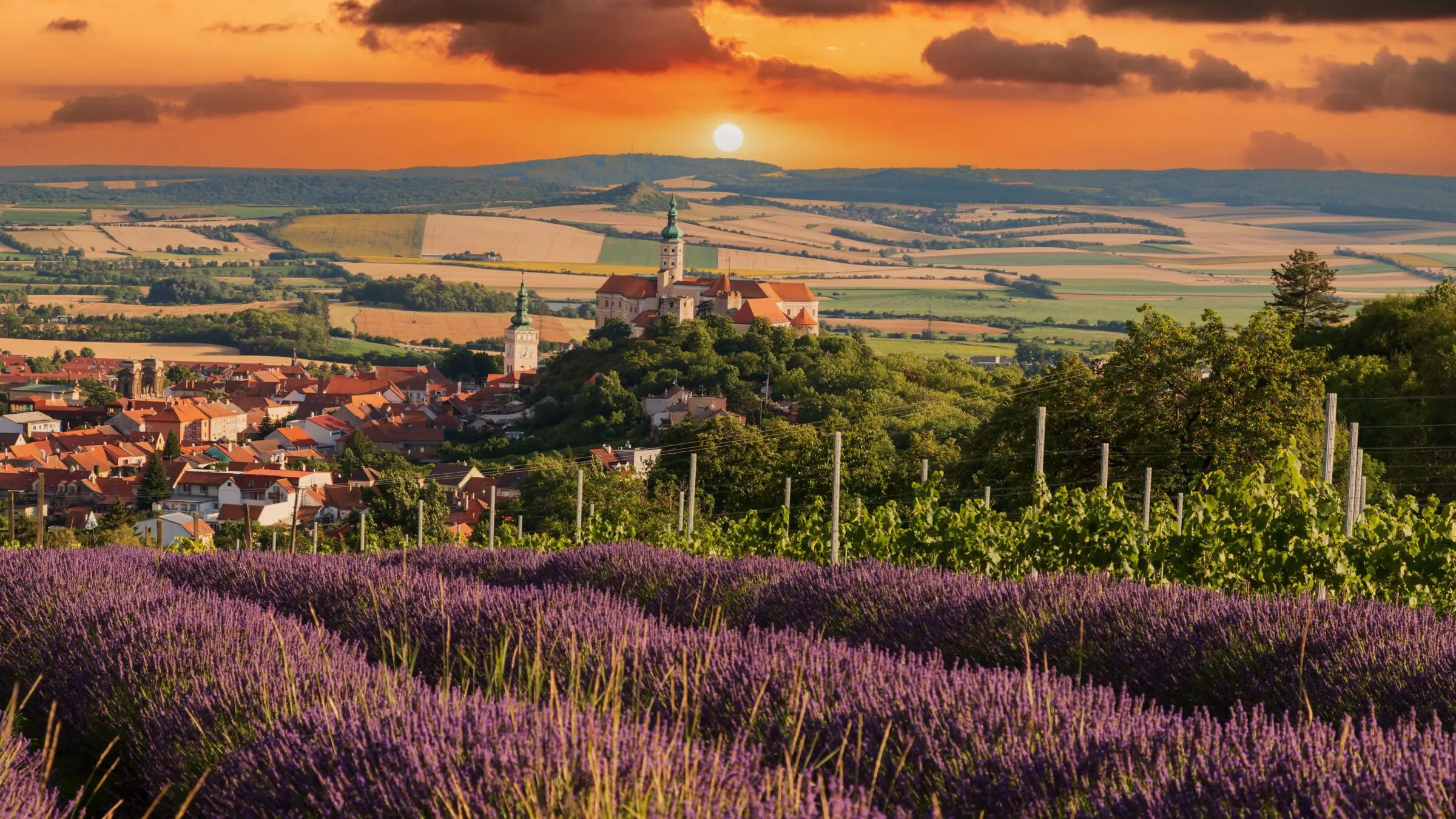
Best Things To Do in Mikulov
- Visit Mikulov Castle (Zamek Mikulov) and explore its museum and gardens. The museum contains exhibits on local history, Czech fine art, and regional viticulture.
- Stroll through the historic town square. Highlights include the Baroque Holy Trinity Column and a 16th-century sgraffito house bearing Biblical scenes.
- Visit Dietrichstein Tomb, a Baroque mausoleum attached to Saint Anne’s Cathedral.
- Tour the Jewish Quarter, including the cemetery, synagogue, and mikvah.
- Enjoy wine tasting at local cellars and vineyards as part of the Mikulov Wine Trail, which starts from the town.
- Plan your visit around the September wine harvest festival.
- Hike or bike in the Palava Hills biosphere reserve, where rare plant species are protected. The pilgrimage route to Saint Sebastian’s Chapel and the Way of the Cross are part of this area, located on Holy Hill (Svaty Kopecek).
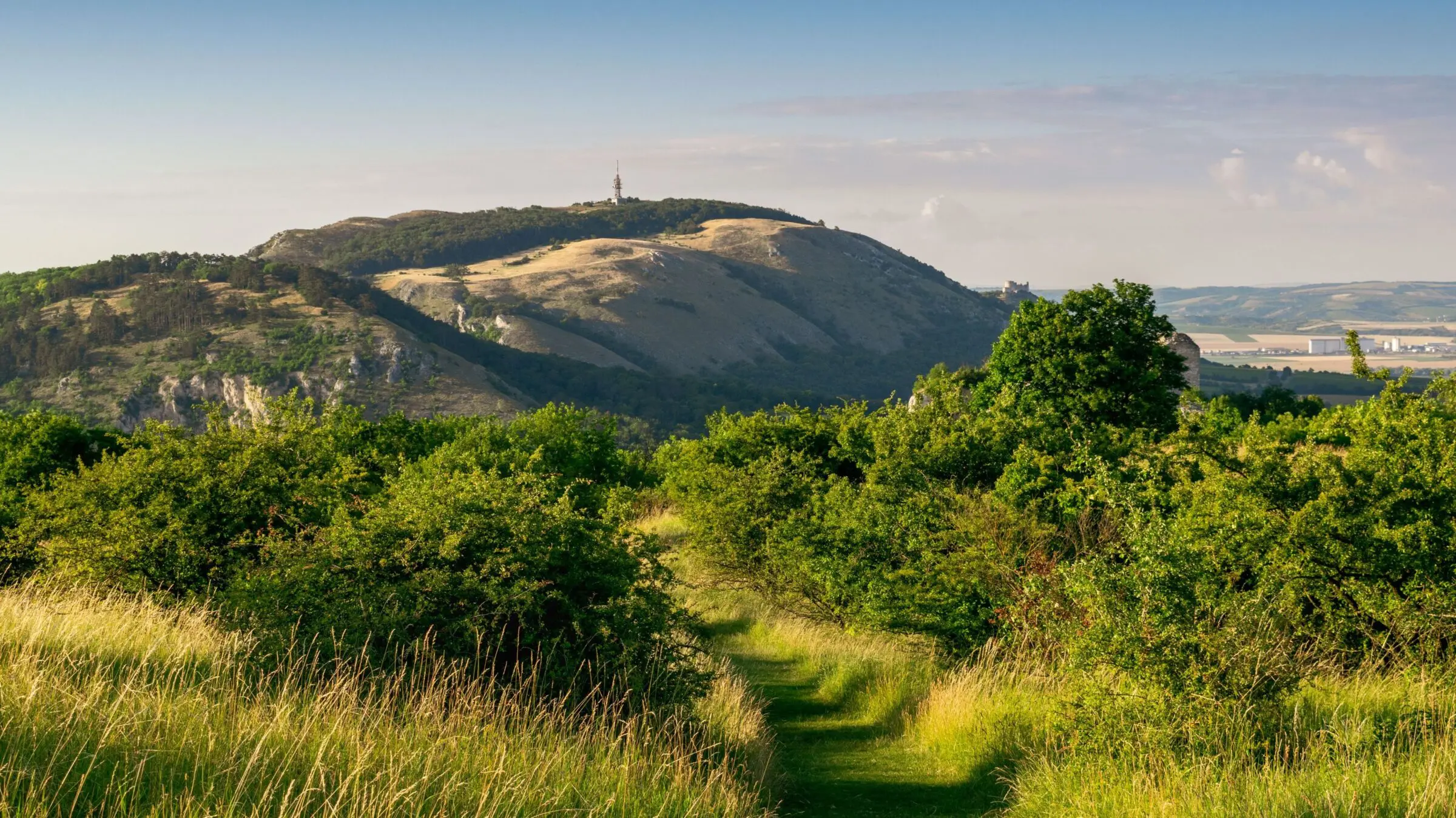
6. Kutná Hora
Situated 45 miles east of Prague, Kutna Hora is a medieval town that once rivaled Prague in wealth. After silver deposits were uncovered in the area during the 13th century, mines were established as a means of funding the Kingdom of Bohemia.
Subsequently, these mines appointed Kutna Hora as one of the most important cities in Central Europe during the late Middle Ages.
At its peak in the 14th and 15th centuries, Kutna Hora was the site of the Royal Mint, where the Prague Groschen, one of Europe’s most stable and powerful currencies, was produced. As majestic Gothic churches and public buildings were built, Kutna Hora became a center of art, culture, and politics.
The city’s silver resources eventually dwindled, but these mighty buildings were carefully preserved, earning Kutna Hora a UNESCO World Heritage Site designation. Perhaps the most famous site is the Sedlec Ossuary: a chapel decorated with real human bones.
Kutna Hora is only an hour from the capital by train and with regular connections, this is one of the most popular day trips from Prague.
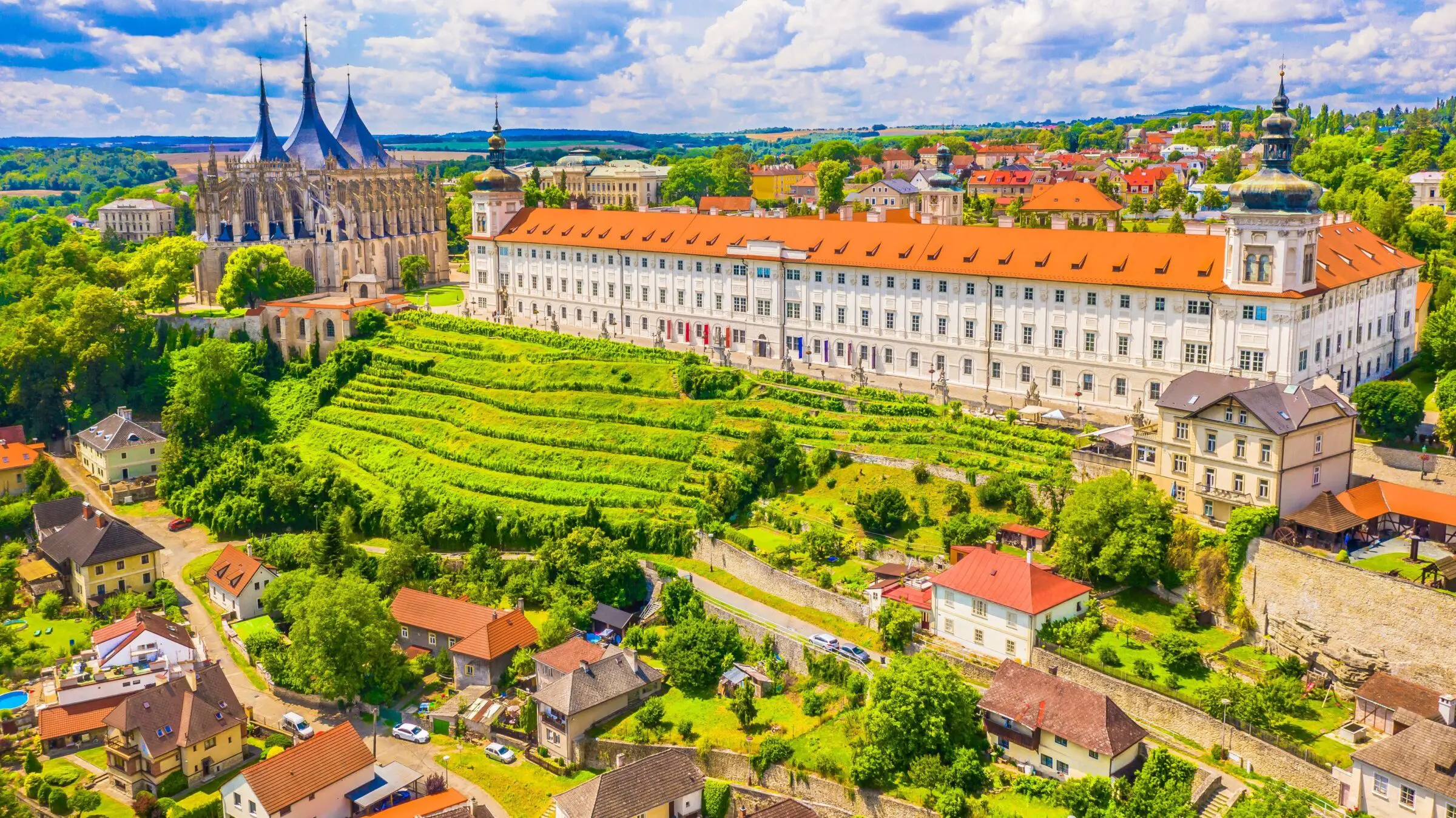
Best Things To Do in Kutná Hora
- Prioritize visiting the Sedlec Ossuary. Also known as the Bone Church, the ossuary is strung with artistic decorations using the bones of somewhere between 40,000 and 70,000 people. While not proven, there is a local legend that suggests a blind monk is responsible for many of the installations.
- Visit Saint Barbara’s Cathedral. This is a stunning example of late Gothic architecture with intricate flying buttresses, magical stained glass windows, and a colossal pipe organ.
- Learn about the city’s silver legacy at the Italian Court. Now a museum, this formerly staged the Royal Mint and served as a residence for Bohemian royals.
- Lose yourself in the cobblestone streets and quaint plazas of the medieval Old Town. A walking tour lays bare the city’s history and draws attention to the fountains and monuments.
- Learn about silver mining at the Czech Museum of Silver and explore medieval mine shafts.
- Take in the handsome panoramic views from the Jesuit College terrace.
- Browse modern art exhibitions at the GASK (Central Bohemian Gallery). It’s housed in a former monastery and has a lovely café.
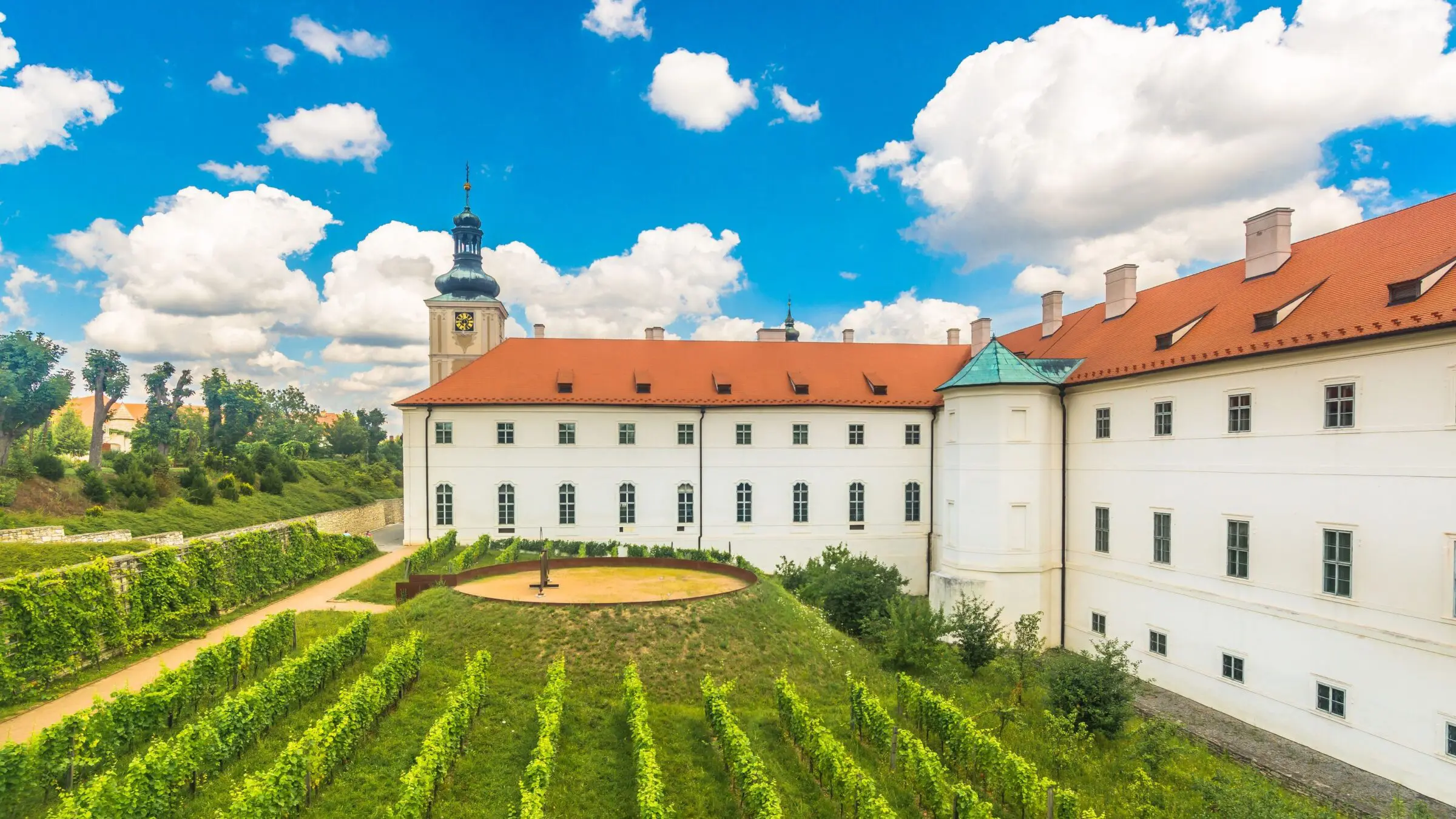
7. Mělník
Melnik (pronounced myel-neek) is a hilltop town in one of Czechia’s most prominent agricultural areas. Sitting at the confluence of the Vltava and Elbe rivers, this was a strategic location during the Middle Ages as trade routes were established.
Nowadays, it contributes to the beauty of Melnik and inspires travelers to take a day trip from Prague.
Inhabited since prehistoric times, what is now known as Melnik became a fortified Slavic settlement in the 9th century. It was later decreed as a royal dowry town, meaning it was gifted to Bohemian queens by their king.
Melnik Chateau, a Renaissance palace built on the grounds of a former medieval castle, is the defining emblem of this beautiful city and offers spectacular views over the countryside and rivers.
Over the following centuries, Melnik developed into a market town before the Holy Roman Emperor Charles IV introduced vines to the area during the 14th century. The grapes were predominantly of Burgundian origin, and Pinot Noir remains the flagship.
As the viticulture scene blossomed, white Muller-Thurgau grapes and red Saint Laurent (Svatovavrinecke) grapes were added to the local portfolio.
Today, Melnik is another of the best places to visit in the Czech Republic for wine experiences. The slower pace of life and idyllic pastoral setting make this riverside town a popular weekend escape from Prague.
Located just 20 miles north of the capital of the Czech Republic, Melnik is accessible by bus or car. There are also a handful of direct trains per day.
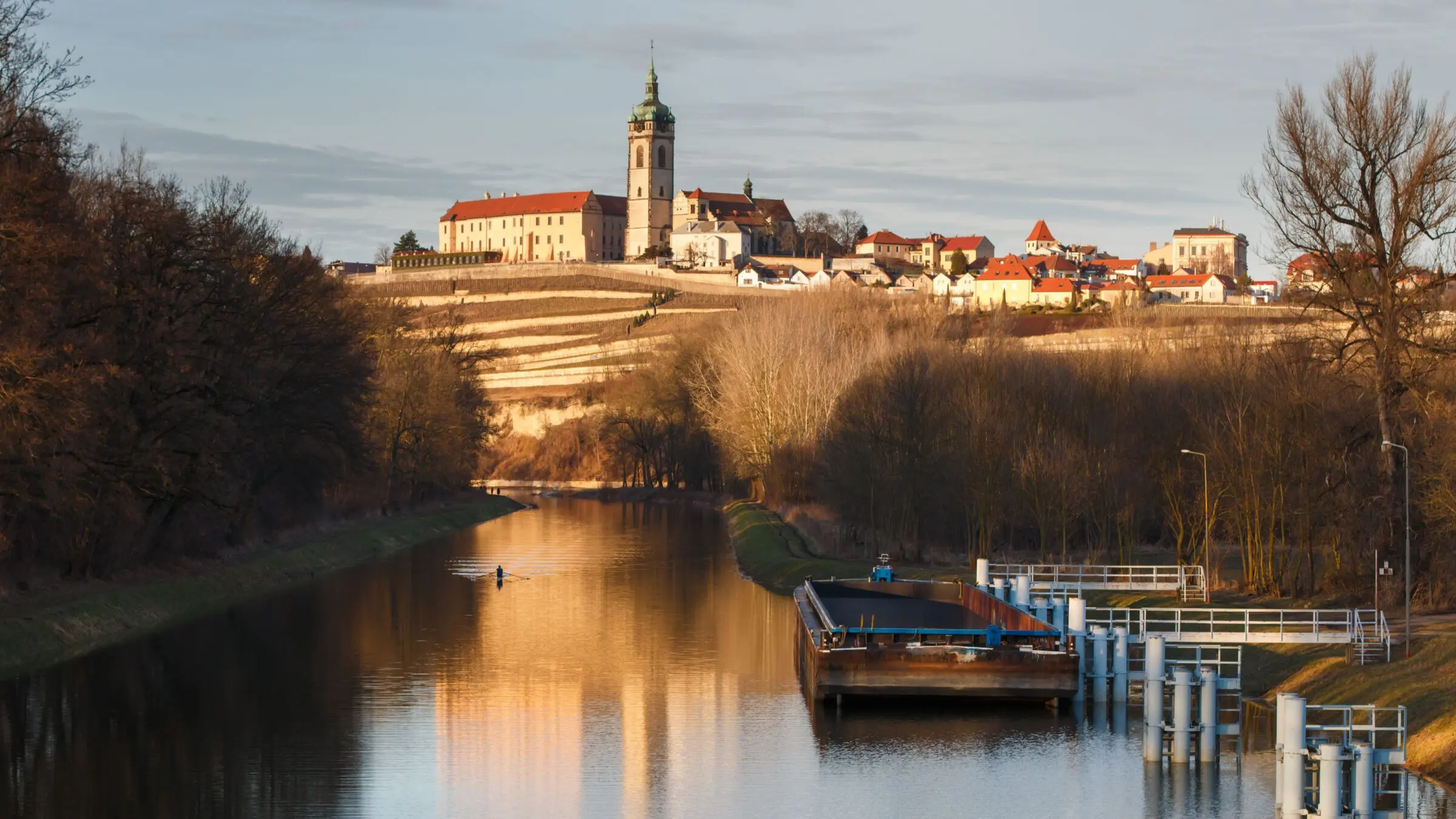
Best Things To Do in Mělník
- Tour the state rooms and wine cellars of Melnik Chateau and enjoy the panoramic views from the terraces or restaurant.
- Explore the underground wine cellars and taste local wines.
- Discover the Church of Saints Peter and Paul and its ossuary with thousands of human bones.
- Walk through the historic town square, lined with pastel-colored buildings. Stop at the quirky café and art gallery in the Gothic Prague Gate, the oldest remaining section of the fortifications.
- Learn about winemaking and local history at the Melnik Regional Museum.
- Take a photographic walk to the confluence of the Elbe and Vltava rivers.
- Attend the Melnik Wine Festival in September.
- Enjoy scenic cycling and hiking trails along the banks of the Elbe River.

8. Czech Karst (Český Kras)
Inscribed in 1972, the Czech Karst is a Protected Landscape Area southwest of Prague comprising limestone gorges and caverns. Spanning roughly 50 square miles, the largest karst region in the country is the result of 400 million years of natural erosion.
Initially, this whole area sat below the surface of a warm sea. Unique formations include sinkholes, cave systems, and subterranean rivers, as well as the so-called Czech Grand Canyon.
Collectively, the area plays a vital role in Czech geology and paleontology while also contributing to environmental conservation. Archaeological findings show evidence of prehistoric life in this nutrient-rich area dating as far back as the Paleolithic era.
The Czech Karst region was later used for medieval mining operations until the Holy Roman Emperor Charles IV commissioned the construction of Karlstejn Castle in the 14th century.
A symbol of Bohemian power, this magnificent fortification was used as a summer residence and a royal treasury for the Bohemian Crown Jewels.
These days, the Czech Karst is a popular destination for hikers and history enthusiasts in equal measure. It’s a great place to explore independently or with a guide knowledgeable about the region’s history, geology, and wildlife.
You can visit the various sites of the Czech Karst area easily on a day trip from Prague.
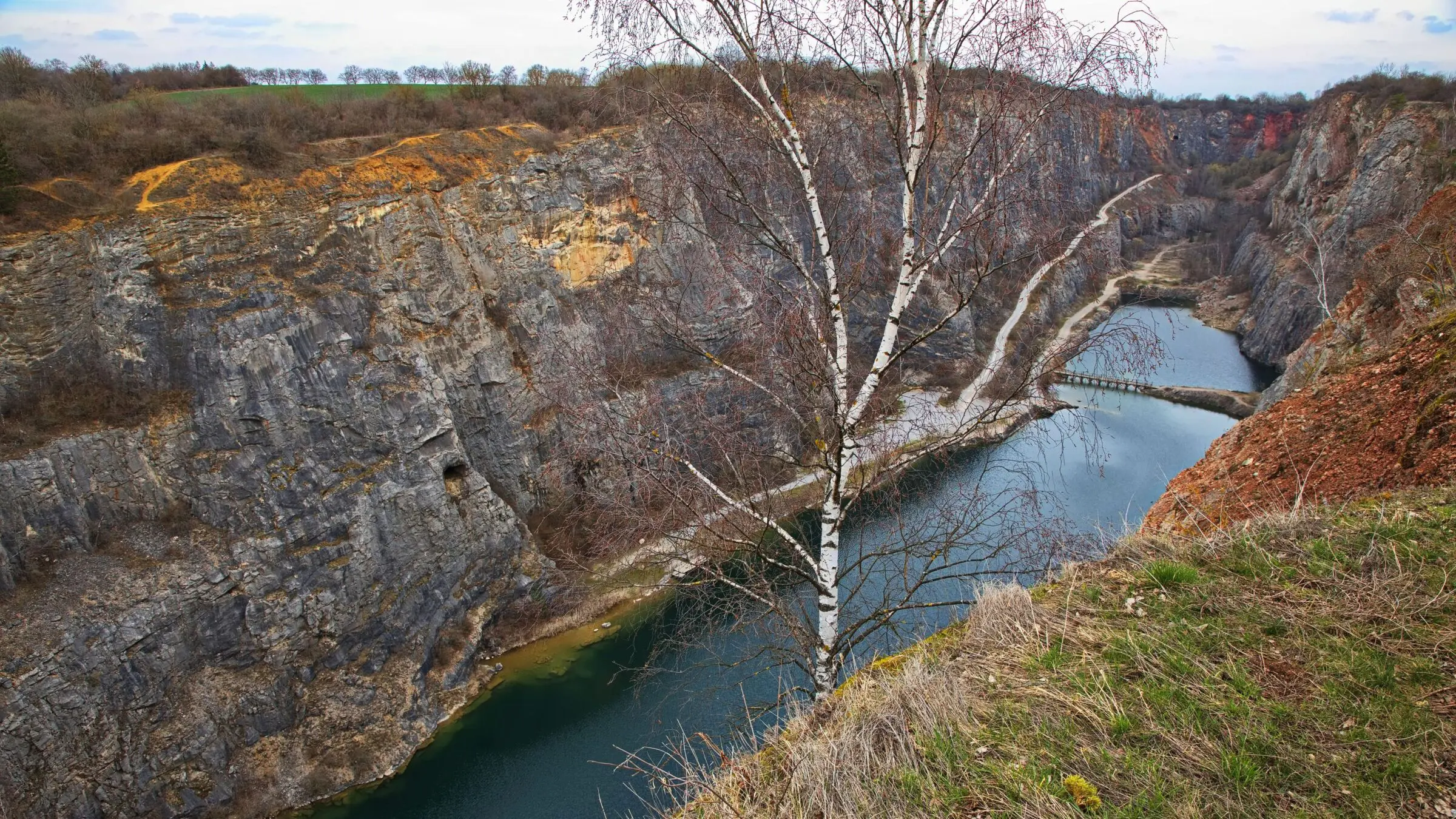
Best Things To Do in The Czech Karst
- Visit the Gothic marvel Karlstejn Castle, one of the most picturesque regal residences in the Czech Republic.
- See the Velka Amerika quarry, an abandoned limestone quarry known as the Czech Grand Canyon.
- Explore Koneprusy Caves. The longest cave system in Bohemia stretches a little over a mile in length over three levels, and around half of it is accessible via a guided tour.
- Go hiking in the fossil-laden Dalejske and Prokopske Valleys.
- Brush up on the bare necessities at the Bohemian Karst Museum in Beroun.
- Cycle along the Berounka River and delight in the panoramic views of karst formations.
- Spot rare flora and fauna in the protected nature reserves within the region on a guided nature walk.
- Visit the Saint John under the Rock (Svaty Jan pod Skalou) pilgrimage site with a Benedictine monastery and dramatic rock cliffs.
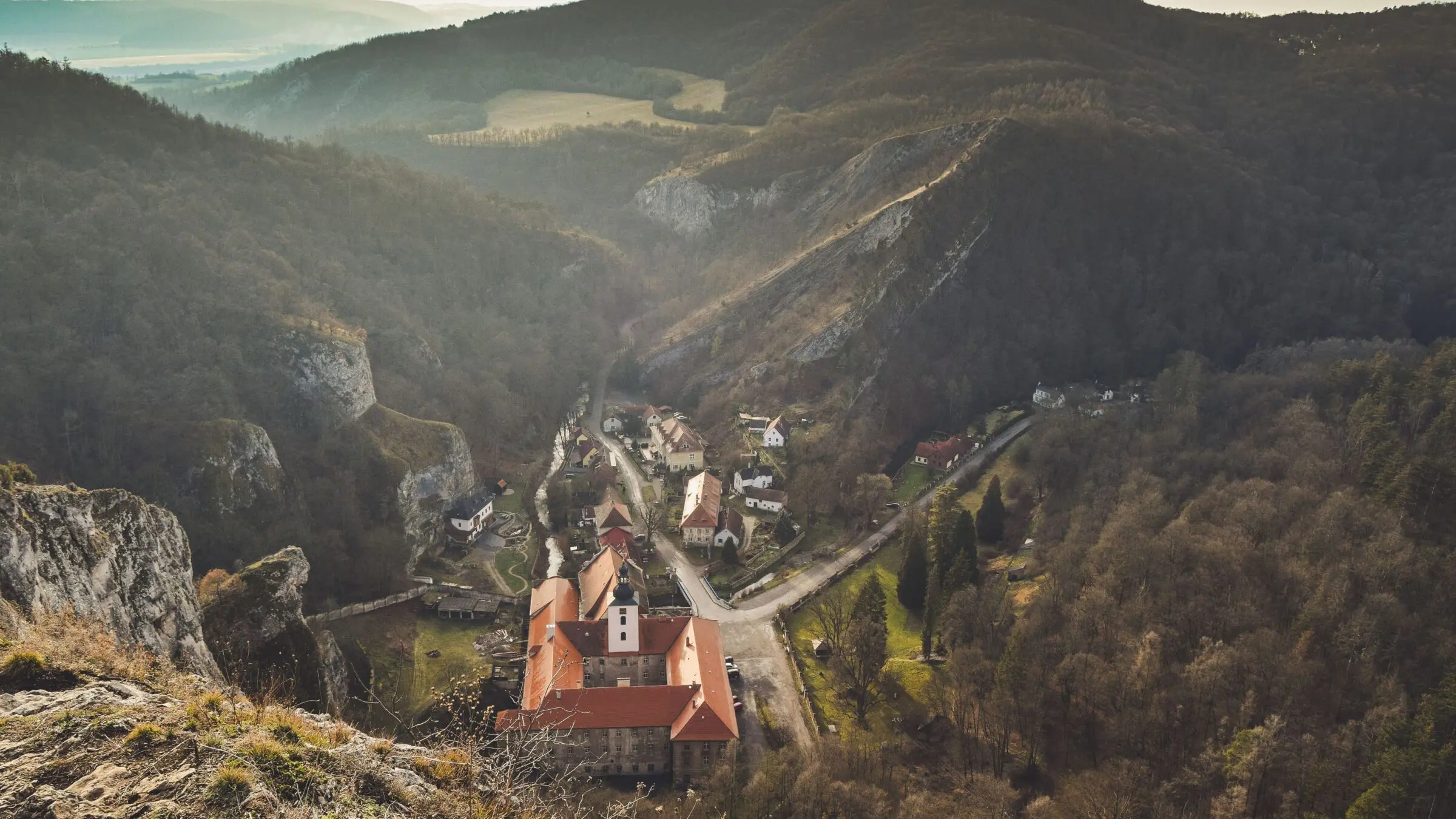
9. Třeboň
Located in South Bohemia, Trebon is another of the best places to visit in the Czech Republic for spa culture and wellness experiences.
Unlike Karlovy Vary, Trebon’s spas hail from the peat bogs in the area. The waters are understood to have a particular influence on musculoskeletal issues and rheumatic complaints, such as arthritis.
This spa resort flourished in the 14th century under the noble Rozmberk family when they oversaw the building of the town’s beautiful Renaissance-style castle.
An extensive system of fishponds was gradually developed, leading to Trebon becoming a center for fish farming. Carp is a local specialty and a traditional dish consumed at Christmas.
Being part of the Trebonsko Protected Landscape Area means Trebon has a glorious backdrop of forests and mountains. Travelers spending more than a day in the region can explore the surrounding hiking and biking trails.
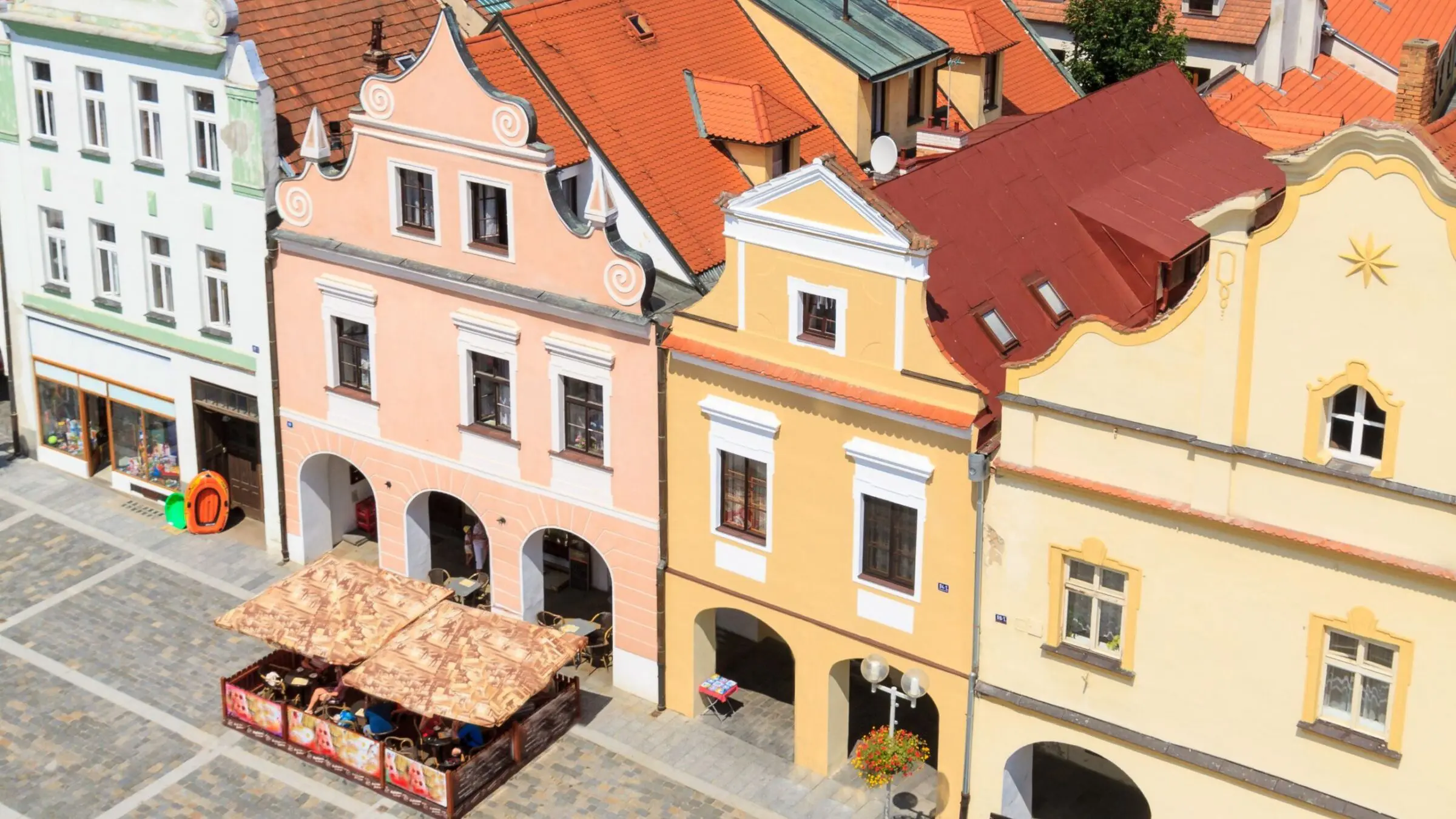
Best Things To Do in Třeboň
- Visit Trebon Castle and learn about the powerful Rozmberk family.
- Explore the colorful Renaissance and Baroque buildings that line the historic town square.
- Relax at a spa resort with the option to soak in peat baths or upgrade to a comprehensive wellness package.
- Walk or cycle around the Svet and Rozmberk ponds, part of the fishpond system.
- Visit the Schwarzenberg Tomb, a neo-Gothic mausoleum in a serene park setting.
- Go for a tour and tasting at the Trebon Brewery.
- Learn about local history at the Trebon Regional Museum.
- Enjoy the area’s fresh carp specialties at local restaurants.
- Attend the Trebon Fish Harvest, held annually in the fall.

10. Telč
Telc (pronounced telch) is a small town in the Vysocina Region of southern Czechia known for its Renaissance architecture and sgraffito facades inspired by this art form’s popularity in Italy.
The high level of preservation, plus the fusion of influences from Moravia and Bohemia, earned Telc a spot on the UNESCO World Heritage List.
This little town was originally founded as a royal water fortress. After a fire in the 14th century destroyed much of the original settlement, it was rebuilt gradually over the following centuries and fortified with stone walls and artificial pools.
Combined with the handsome Zacharias of Hradec Square, Telc Chateau and its networks of fishponds form the heart of the town.
As Telc is so small, it is often visited in conjunction with the nearby town of Slavonice to pad out a day trip, or as a stop on the journey between Brno and Cesky Krumlov.
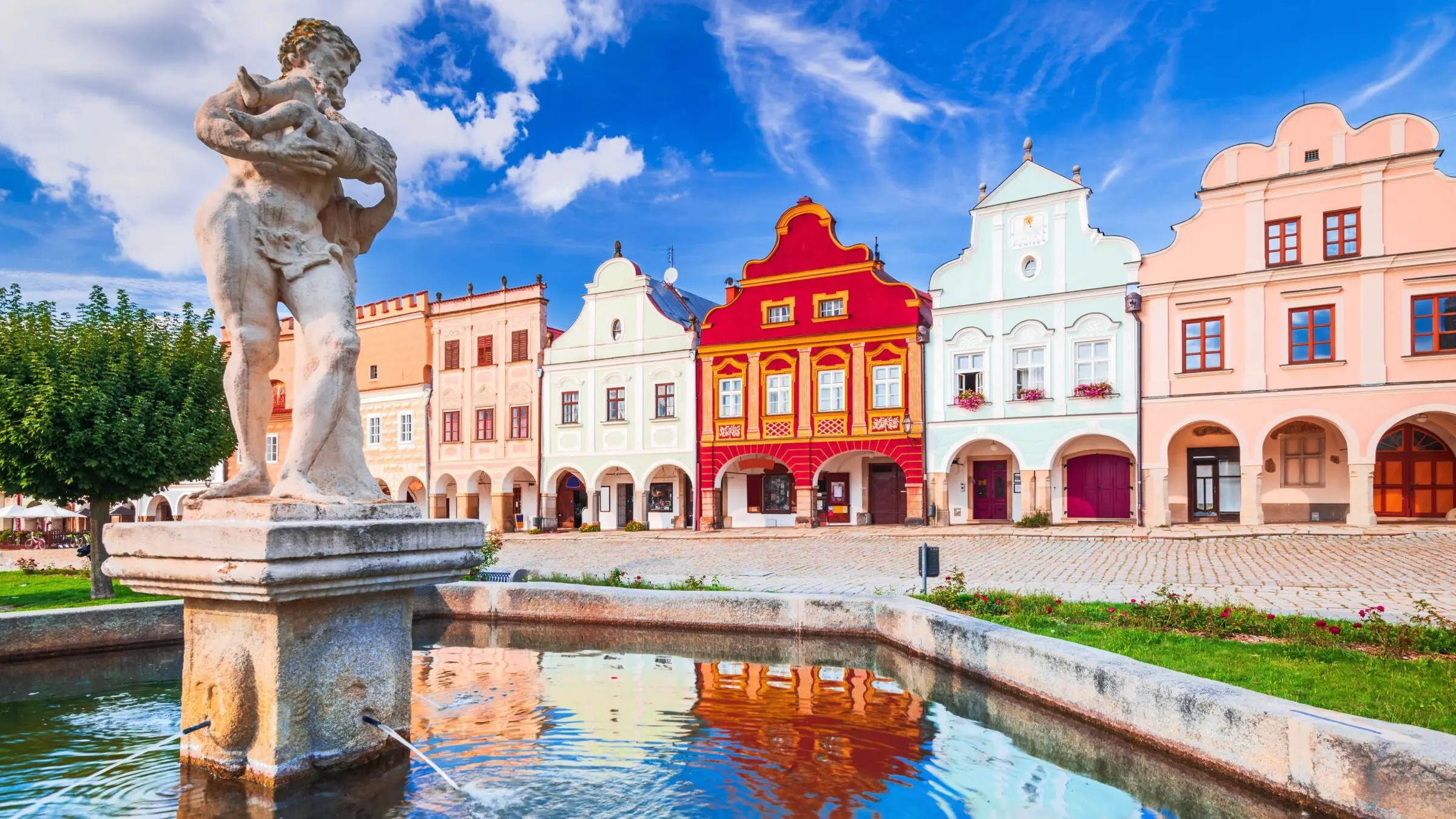
Best Things To Do in Telč
- Explore the grounds and interiors of the Renaissance wonder, Telc Chateau (Statni Zamek Telc), which falls under the UNESCO World Heritage-listed historic center.
- Admire the gabled townhouses lining Zacharias of Hradec Square. These vibrant historic buildings are known as the Painted Ladies of Telc.
- Traverse the town walls for dreamy views and wander around the edges of the two main ponds: Ulicky Rybnik and Stepnicky Rybnik.
- Take a tour of the Telc Underground Passages (Telcsky Dum) and learn how they provided sanctuary to locals during sieges and served as a store for beer and wine.
- Visit the Gothic frescoes of the Church of Saint Jacob and take in panoramic views from the tower.
- Relax over traditional Czech cuisine in this idyllic setting.
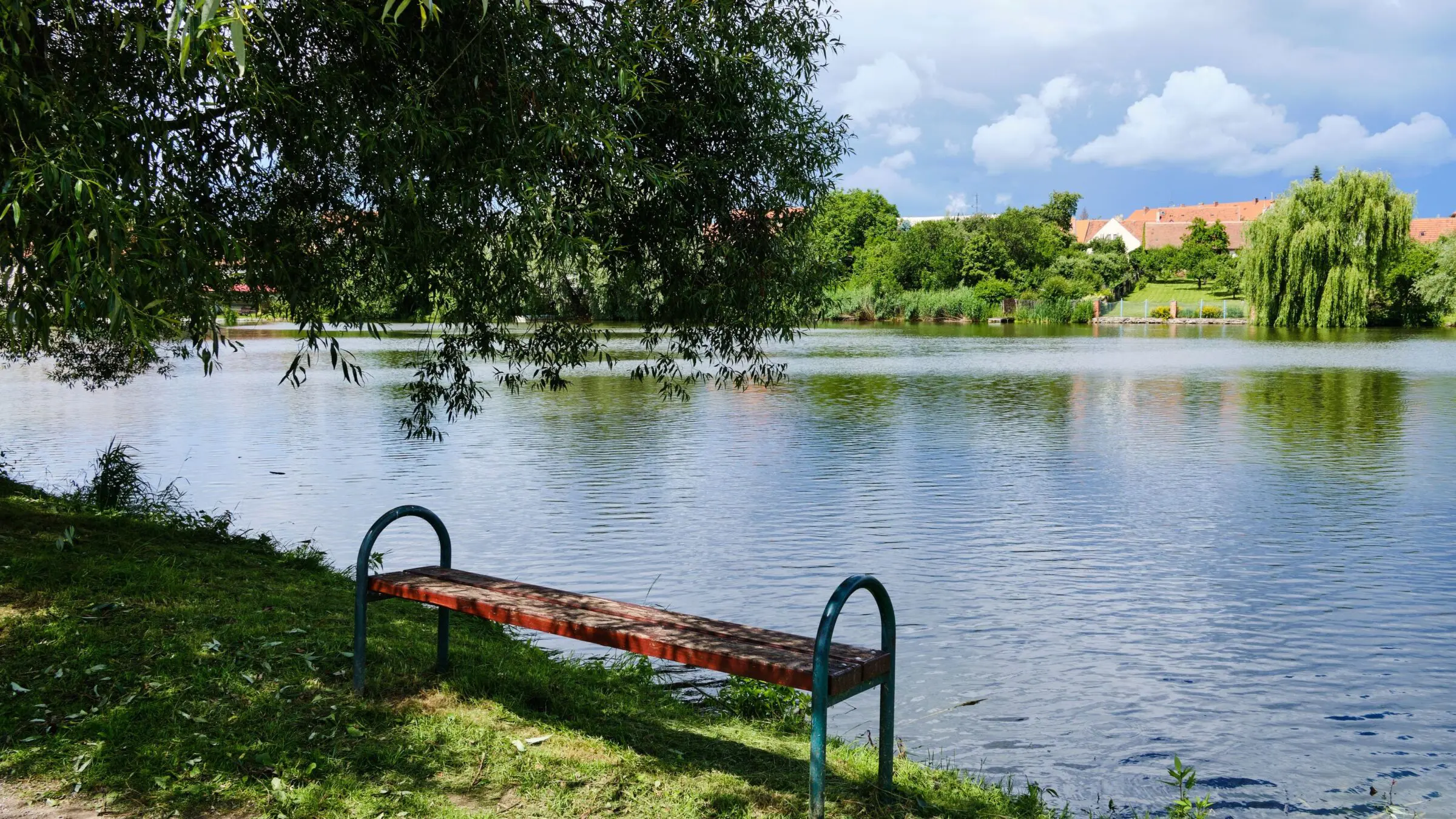
11. Slavonice
The even smaller and more compact town of Slavonice stands 20 miles south of Telc and just one mile from the border with Austria. As with its neighbor, Slavonice thrived during the Renaissance era when it functioned as a prosperous trade center between Prague and Vienna.
Even more off the beaten track than Telc, this town also comprises some of the finest-preserved sgraffito houses on the continent and a network of underground passages.
It’s those ornate facades that make Slavonice worthy of your attention, even if only for a brief extension to a Telc outing. Painted during the town’s 16th-century heyday, these buildings have stood up against the passing of time remarkably well and feel as though they may have been unveiled the day prior.
Beneath the surface, you’ll find labyrinthine tunnels that were first constricted to combat flooding before becoming used for storage and craft workshops.
Posited half an hour apart, Telc and Slavonice may be visited together on a day trip from Prague or Brno. Of the two, Telc is gradually gaining traction as a tourist destination, whereas Slavonice remains largely off the radar; that’s all part of the charm.

Best Things To Do in Slavonice
- Admire the beautifully preserved sgraffito facades of the Renaissance townhouses in the main square of Horni Namesti. Most of these are private residences.
- Venture below the surface in medieval passageways to learn about the lifestyles and livelihoods of town residents.
- Pop into the Church of the Assumption of the Virgin Mary.
- Explore nearby nature trails and cycling routes in the Bohemian-Moravian Highlands.
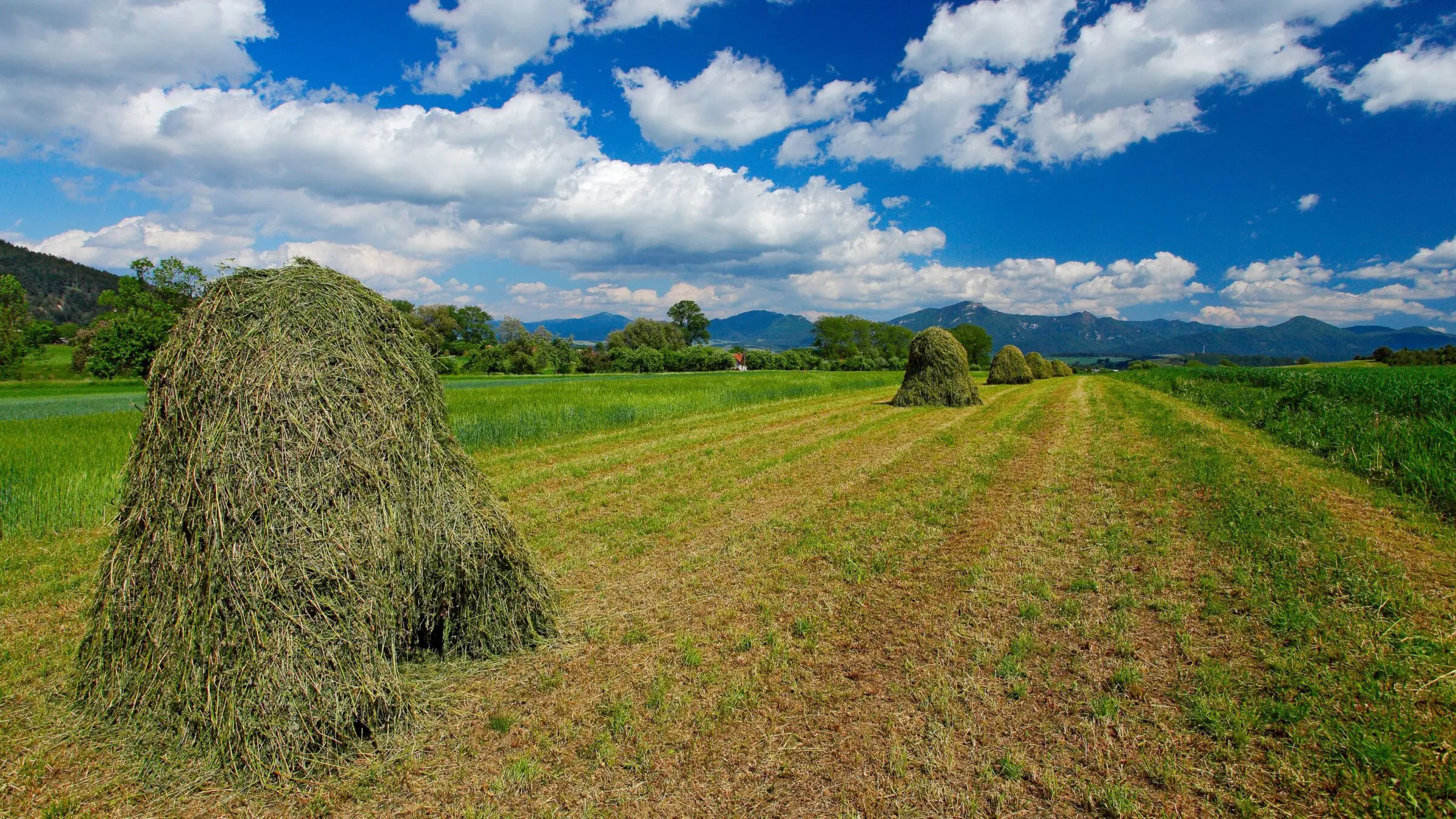
12. České Budějovice
The largest city and capital of the South Bohemia region, Ceske Budejovice is a picture-perfect town that you may not have heard before, but you’ll be glad to add to your Czechia itinerary.
Founded in the 13th century, Ceske Budejovice thrived in the 14th century thanks to its strategic position on a popular trade route. In the 17th century, a fire destroyed the city, but it managed to rise from its ashes.
Nowadays, Ceske Budejovice is a lively town of about 100,000 residents. The city is famous for its beer, the world-renowned Budweiser. Yet, not the American type. Here, you’ll try the original Budweiser, the one that has been produced in Ceske Budejovice since 1895.
You can easily combine Ceske Budejovice with Cesky Krumlov on the same trip, as the two towns are only a 30-minute train ride apart.
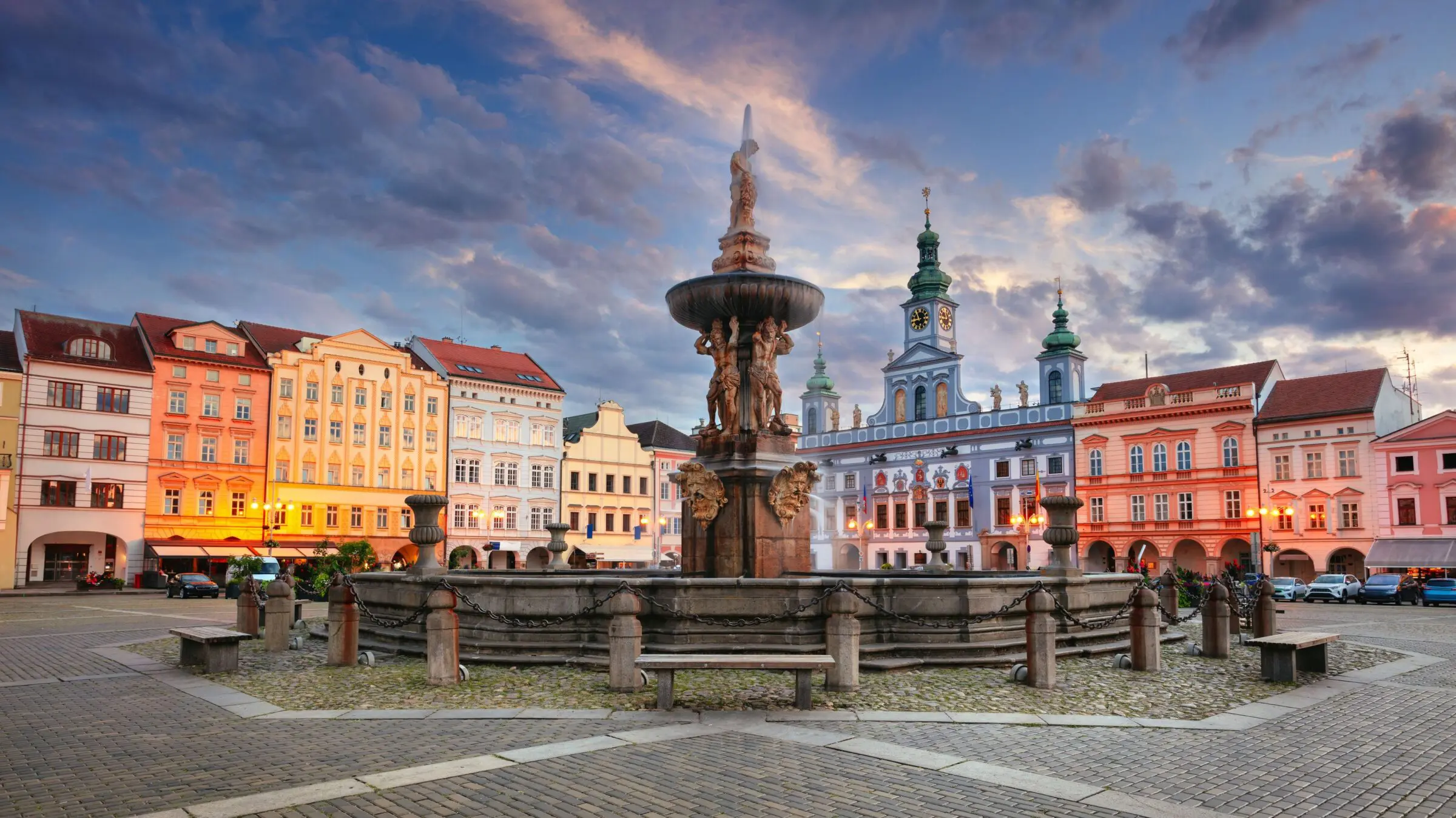
Best Things To Do in České Budějovice
- Stroll through the gorgeous 13th-century Old Town, dominated by the impressive Samson’s Fountain, one of the largest fountains in the whole country.
- Admire the magnificent architecture of the Baroque City Hall with its towers, spires, and statues.
- Climb the 225 steps to the top of the Black Tower for spectacular views of Ceske Budejovice.
- Join a tour of the Budweiser Budvar Brewery to learn about all the stages of beer production before you indulge in a delicious beer tasting.
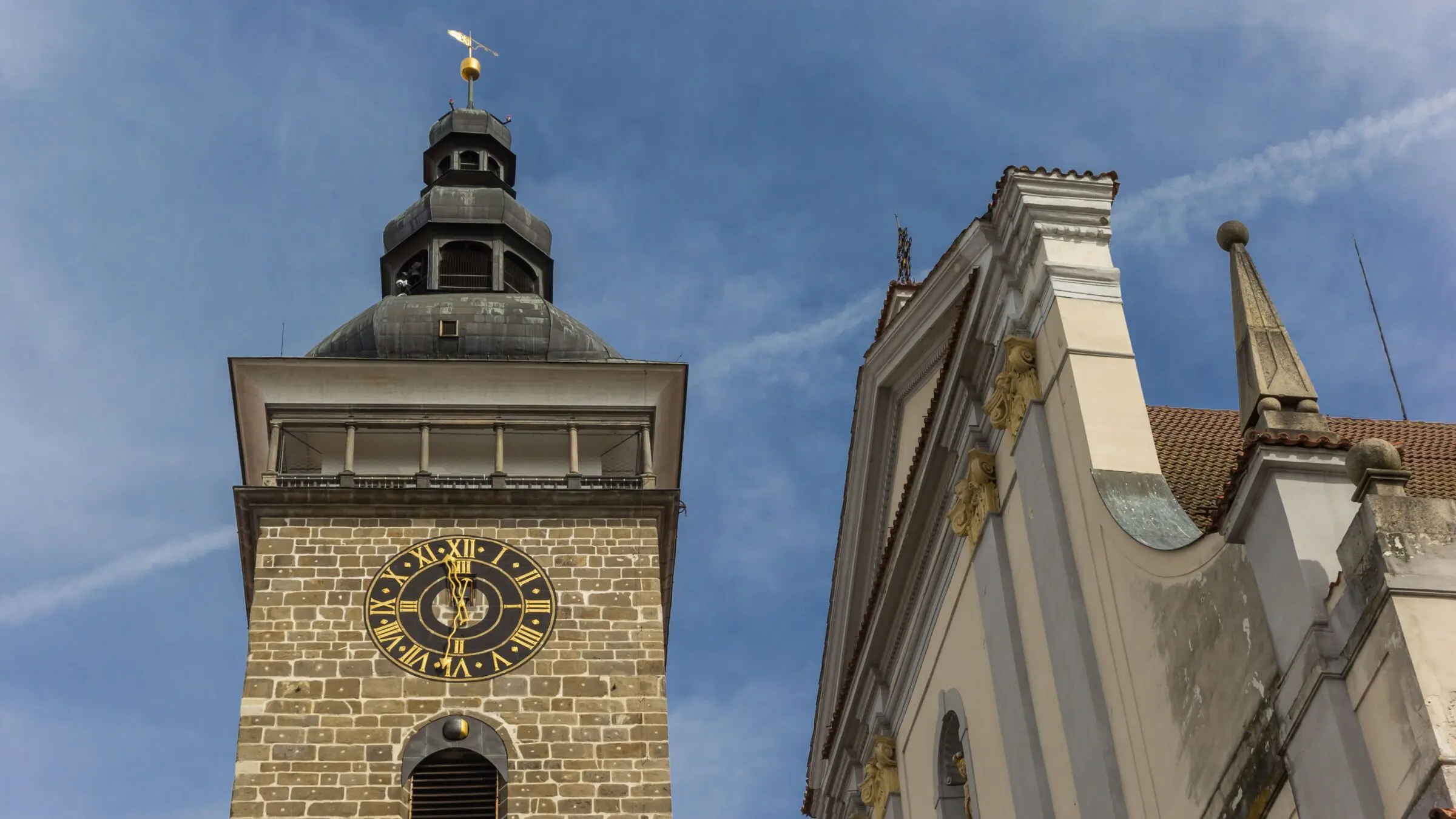
13. Plzeň
Famous for being the birthplace of Pilsner beer, Plzen – or Pilsen – is a destination with a lot more to offer than just its, admittedly, rich beer culture. Founded in the late 13th century, the city boomed when it was rapidly industrialized during the 19th century.
For its magnificent architecture that blends Baroque, Renaissance, and Gothic elements, Plzen was awarded European Capital of Culture status in 2015.
Although Pilsner beer is the most popular local product, Plzen remains one of the Czech Republic’s best-kept secrets, a destination to savor with all your senses.
From delving into the history and flavor of traditional Czech beer to wandering around picturesque squares and narrow alleys, a trip to charming Plzen can be nothing but a welcome addition to your itinerary.
Plzen can be easily combined with Prague as it’s a little over an hour by train from the Czech capital.

Best Things To Do in Plzeň
- Explore Republic Square, a beautiful open space lined with postcard-perfect pastel buildings and dominated by the city’s Gothic Cathedral.
- At the edge of the Old Town, discover Pilsen’s Venice, a tranquil park with a small pond.
- Take a guided tour of the Pilsner Urquell Brewery, the largest beer producer in the Czech Republic, to learn the history of beer brewing in Plzen, which is intertwined with the city’s own history.
- Get into the depths of Pilsen Underground on a tour that will take you through a maze of dark corridors and old cellars.
- Admire the Great Synagogue of Pilsen, the second-largest synagogue in Europe.
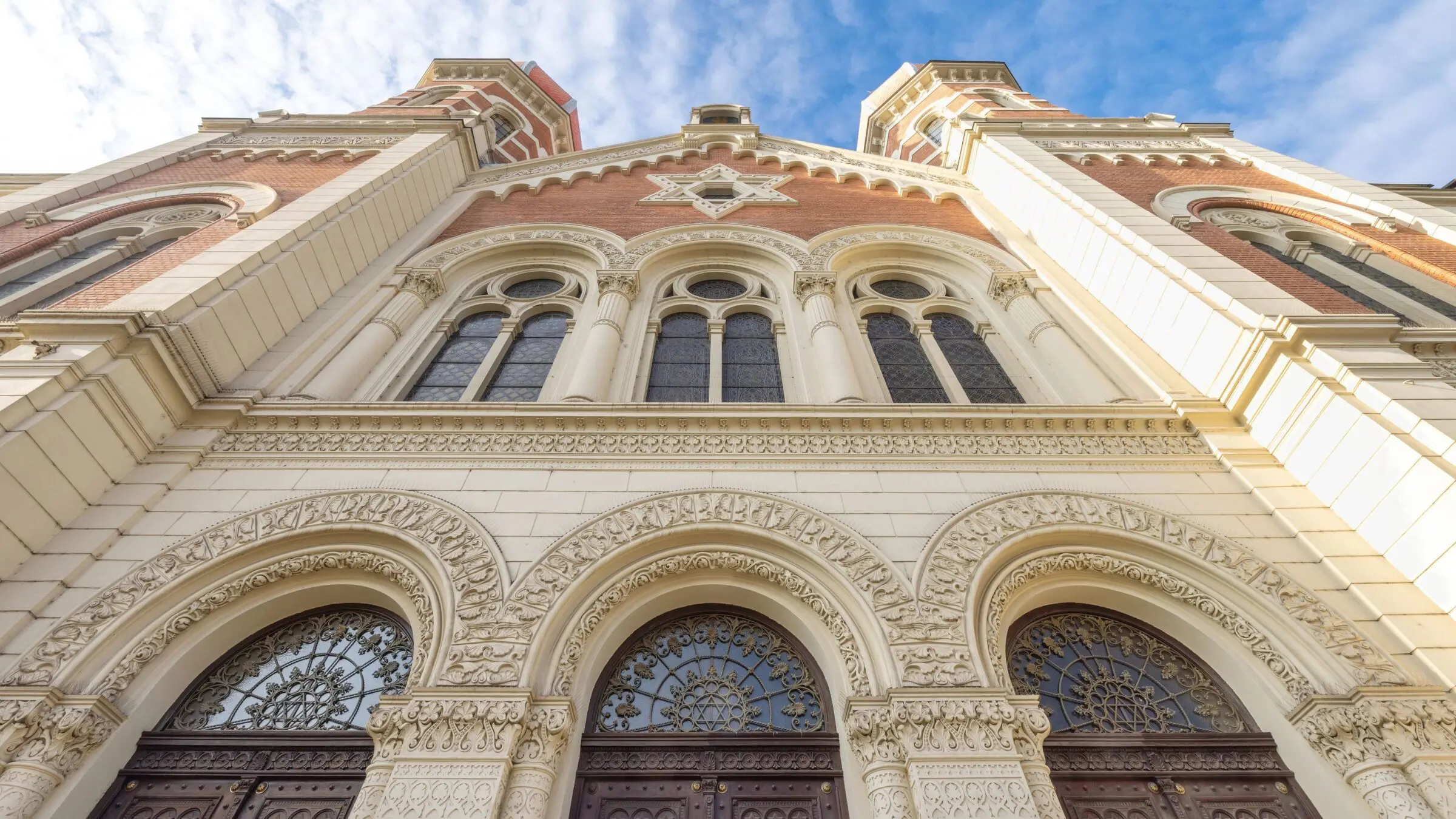
Discover The Best Places To Visit in Czechia With JayWay
As specialists in Czechia travel, we can’t wait to introduce you to the best places to visit in the Czech Republic and add them to your itinerary across the country or to a longer trip around Central Europe. Whatever you decide, we’re only a phone call or e-mail away.

Born and raised in Athens, Maria’s passionate about travel and storytelling, a combination that makes her ideal for her role as our content manager.